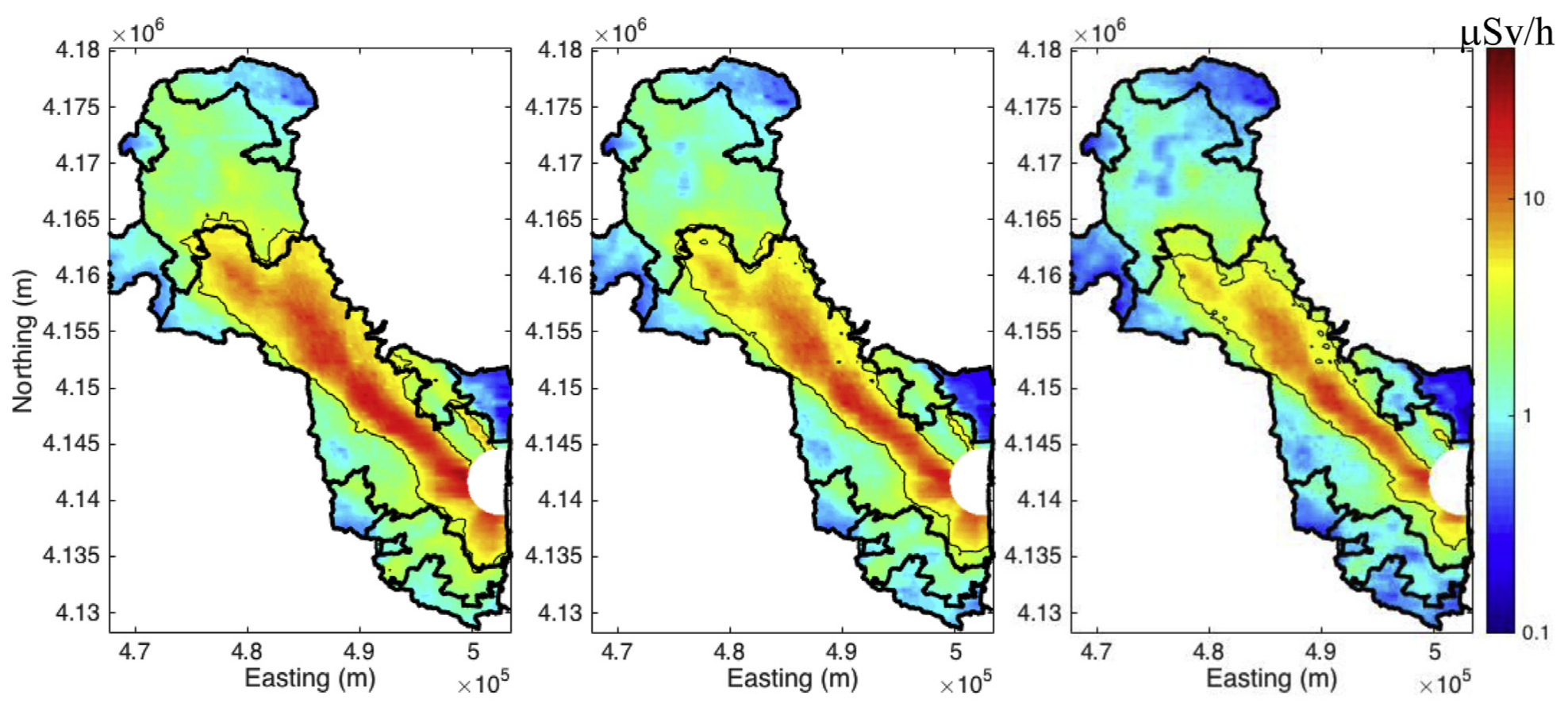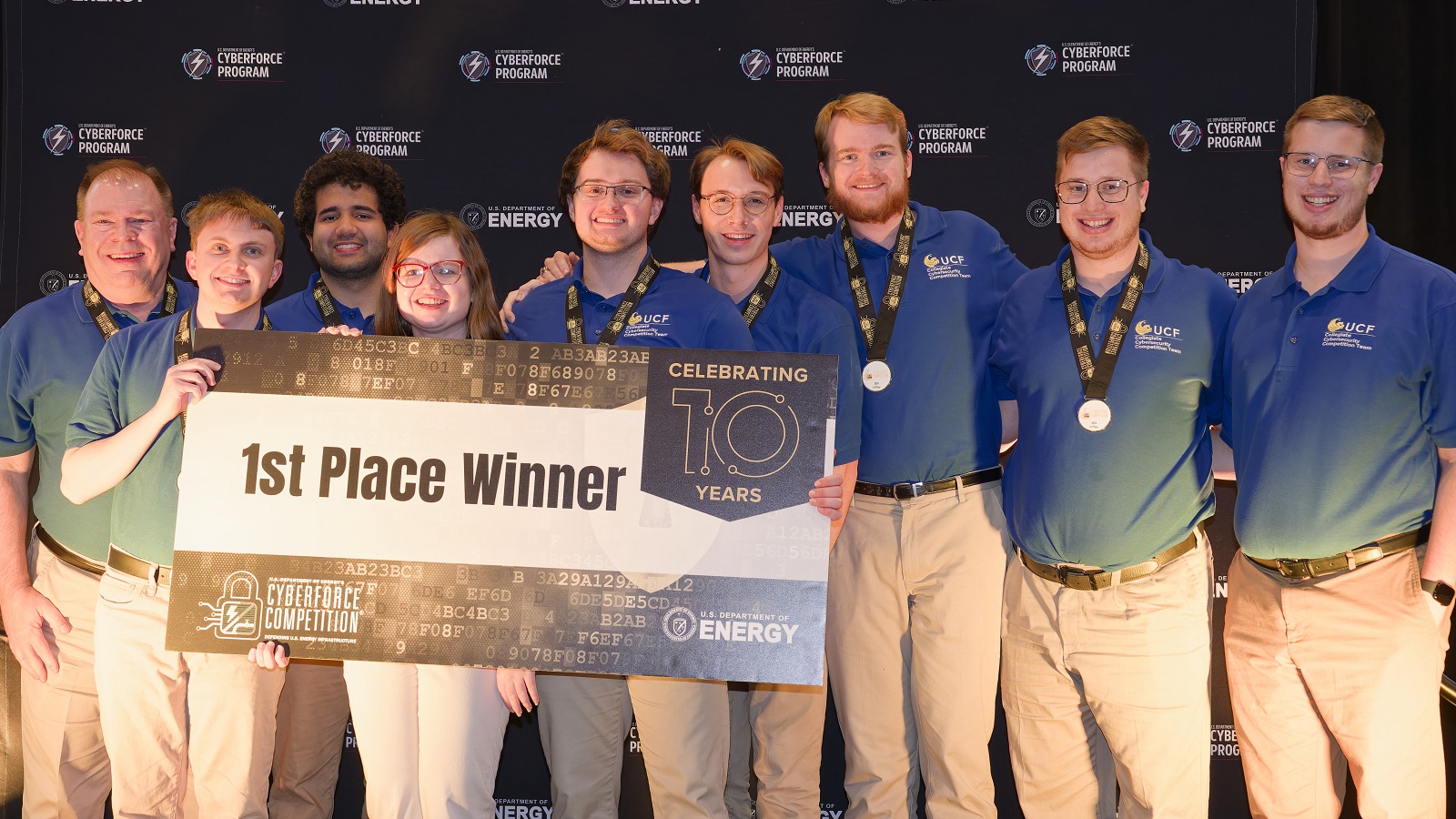“They were outside the meeting with their microphones. They were saying, ‘What is happening?’ ‘What do you know?’ I was really surprised,” Vetter said.
At that point, Vetter had learned only a few details about a massive earthquake at the other side of the planet, centered offshore near Eastern Japan. That quake, which would ultimately be measured at magnitude 9.0 – one of the most powerful in recorded history – had triggered a deadly tsunami with wave heights peaking above 130 feet and speeds of up to 435 mph.
The earthquake, tsunami, and flooding killed about 18,000 people and displaced almost half a million more, with hundreds of thousands still displaced a decade later. The disasters damaged or destroyed about 1.1 million buildings, and caused meltdowns in three reactors at the Fukushima Daiichi Nuclear Power Plant complex in Eastern Japan, releasing high levels of radiation and leading to the creation of a large evacuation zone.
Back at UC Berkeley, Vetter worked quickly with student researchers to cobble together makeshift monitoring stations and measurement equipment for the airborne radioactive materials that were released during hydrogen explosions at the nuclear plant and were quickly carried around the globe by the wind.
In Berkeley, the radiation detectors did pick up signatures for the radioisotopes they expected to see associated with the reactor meltdowns: cesium, iodine, and tellurium among them. Their levels spiked and then quickly dissipated.
“Initially this was out of scientific curiosity, but it became clear that there was much more for us to do than just take measurements,” Vetter said. He noted that the public and media were hungry for unfiltered, understandable information about the radiation measurements, and how to interpret them.
They were seeking information about whether it was safe to be outside, whether it was safe to eat local food and drink local milk, and whether they should consume iodine pills to negate the effects of the iodine radioisotope – a radioactive form of the element iodine. Vetter noted that his team’s measurements found you’d have to consume about 140 liters of the iodine-131 found in local rainwater sampling to be equivalent to a person’s radiation exposure during a cross-country flight.
The events a decade ago drew upon Berkeley Lab’s long-standing expertise in radiation measurements and safety, and led to the creation of long-term radiation-monitoring programs, both locally and in Japan, as well as a series of radiation surveys and technology demonstrations including drone- and helicopter-based surveys, and vehicle-based and hand-carried measurements.
Vetter has traveled to the Fukushima region about 20 times since the earthquake to oversee the deployment and testing of Berkeley Lab-developed measurement tools, including a system that maps radiation sources and surroundings in 3D.
In the San Francisco Bay Area, the efforts of Vetter and his students would mature as Berkeley RadWatch, which has measured the air, rainwater, and samples of sea life, and DoseNet, a radiation and environmental measurement program with a strong educational component that has grown to an international scope. The team also helped to establish the Kelp Watch Initiative, which measures cesium uptake in kelp along the Pacific Coast.
Additionally, Vetter leads a Berkeley Lab-based organization, the Institute for Resilient Communities, that he and Lab collaborators created in 2015 in an effort to strengthen scientific ties with communities and improve disaster preparedness, and to improve communications and community outreach in the aftermath of disasters.
The early-stage local monitoring efforts of Fukushima-related radiation provided people with independent, useful information and helped to prevent panic over radiation fears, Vetter said.
In a separate Berkeley Lab effort launched in 2015, a research group led by Haruko Wainwright, a research scientist in Berkeley Lab’s Environmental Geophysics Group and adjunct professor of nuclear engineering at UC Berkeley, has developed modeling and mapping tools to aid the Japan Atomic Energy Agency’s restoration planning efforts for the affected region around the nuclear power plant.
While loads of data have been collected over large areas to assess radiation levels and risks in the region, different surveys have discrepancies due to different accuracy and scope. So Wainwright’s group enlisted an approach known as Bayesian hierarchical modeling to integrate different types and scales of datasets, including aerial and ground-based surveys. Their “integrated” maps have been publicly available and are used by government agencies for decontamination planning. They are used by others, too, for other purposes. In addition, researchers have used machine learning, a form of artificial intelligence, to improve the efficiency of their long-term monitoring efforts.
The effects of decontamination efforts were a surprising finding from their studies. “In Chernobyl, decontamination turned out to be ineffective, so people abandoned the cities and farms,” Wainwright said. “In the Fukushima area, our analysis showed that decontamination activities had a significant effect – even in the regional scale data. I think this shows the significance of investment and efforts that people are putting into. It also shows the resilience of people there as well.”
She said monitoring technologies are the key for further recovery. “I believe that long-term monitoring and modeling are critical to ensure safety and to communicate that information to the world,” while also noting, “The biggest challenge there now is more about socioeconomic impacts. Even though the evacuation zone is less than 3% of the Fukushima prefecture, the entire prefecture still suffers in agriculture, tourism, discrimination, and other socioeconomic issues.”
Berkeley Lab is no stranger to environmental monitoring and cleanup efforts such as this, she noted. Its researchers have been engaged in remediation and monitoring of contamination associated with legacy nuclear weapons-related activities at several U.S. Department of Energy sites, and Berkeley Lab researchers also assisted in the aftermath of the Chernobyl nuclear power plant disaster in 1986.
Currently, Wainwright’s group and Vetter’s group are actively collaborating to develop innovative monitoring technologies at U.S. nuclear-contaminated sites under a U.S. Department of Energy-funded project called ALTEMIS.
While the work of Wainwright’s group is active and ongoing, Vetter noted that his group is no longer actively involved in tests and technology demonstrations in the Fukushima region.
Vetter’s first trip to the Fukushima region was in 2012, and his group conducted their first measurements in the region in 2013.
“Our first measurements were of riversides and riverbeds, then we expanded to include different buildings and areas close to the power plant site to demonstrate and further refine our technologies,” he said.
Vetter noted that the connections to the Japanese government are ongoing via the Institute for Resilient Communities.
The ongoing health risk from the Fukushima radiation releases are considered low, and international organizations such as the World Health Organization (WHO) and the United Nations Scientific Committee on the Effects of Atomic Radiation (UNSCEAR) do not expect any measurable health effects directly attributable to radiation.
Even so, Vetter said, “A main challenge we have is misperception about risk,” particularly with radiation, which is invisible and is not well-understood by the public. “A significant and very much measurable health effect is psychological,” and that was compounded by the lack of clear information provided to the public in Japan in the days following the disaster.
Wainwright said there remains a stigma associated with the Fukushima area, and she is hopeful that disseminating and communicating monitoring data will help the public overcome any unnecessary fears and judgments.
“The monitoring technology provides the facts that people can rely on,” she said. Even so, rice from the Fukushima is still priced lower than it should be because of fears about the safety of the region’s agriculture. “The majority of the prefecture is not contaminated.”
Cleanup efforts, which mainly involve the removal of a top-soil layer, are succeeding in decontaminating affected areas. Wainwright and others researchers documented the effects of the decontamination, which was significant enough to be detected in the regional-scale data, in a study that also predicts a continuing reduction in radiation dose rates in the region. This is in contrast to another disaster, like Chernobyl, Wainwright said, after which decontamination did not seem to have a meaningful effect on a large scale.
“The conventional knowledge was that decontamination in the Chernobyl area was less effective,” she said.
The resources invested by the Japanese government, meanwhile, were apparent even on a year-to-year basis, with measurable reductions in radioactive contamination over a large area, and successful engagement with international monitoring experts.
The unintended consequence of Berkeley Lab scientists’ participation in the monitoring and remediation efforts in Japan is that they have developed experience and technologies that can potentially be transferred to similar cleanup activities around the world, Wainwright said.
“One decade after the Daiichi accident, and with our past and newly gained experience, we now think about how we can improve the long-term monitoring of nuclear-contaminated sites globally,” she said.
# # #
Founded in 1931 on the belief that the biggest scientific challenges are best addressed by teams, Lawrence Berkeley National Laboratory and its scientists have been recognized with 14 Nobel Prizes. Today, Berkeley Lab researchers develop sustainable energy and environmental solutions, create useful new materials, advance the frontiers of computing, and probe the mysteries of life, matter, and the universe. Scientists from around the world rely on the Lab’s facilities for their own discovery science. Berkeley Lab is a multiprogram national laboratory, managed by the University of California for the U.S. Department of Energy’s Office of Science.
DOE’s Office of Science is the single largest supporter of basic research in the physical sciences in the United States, and is working to address some of the most pressing challenges of our time. For more information, please visit energy.gov/science.




